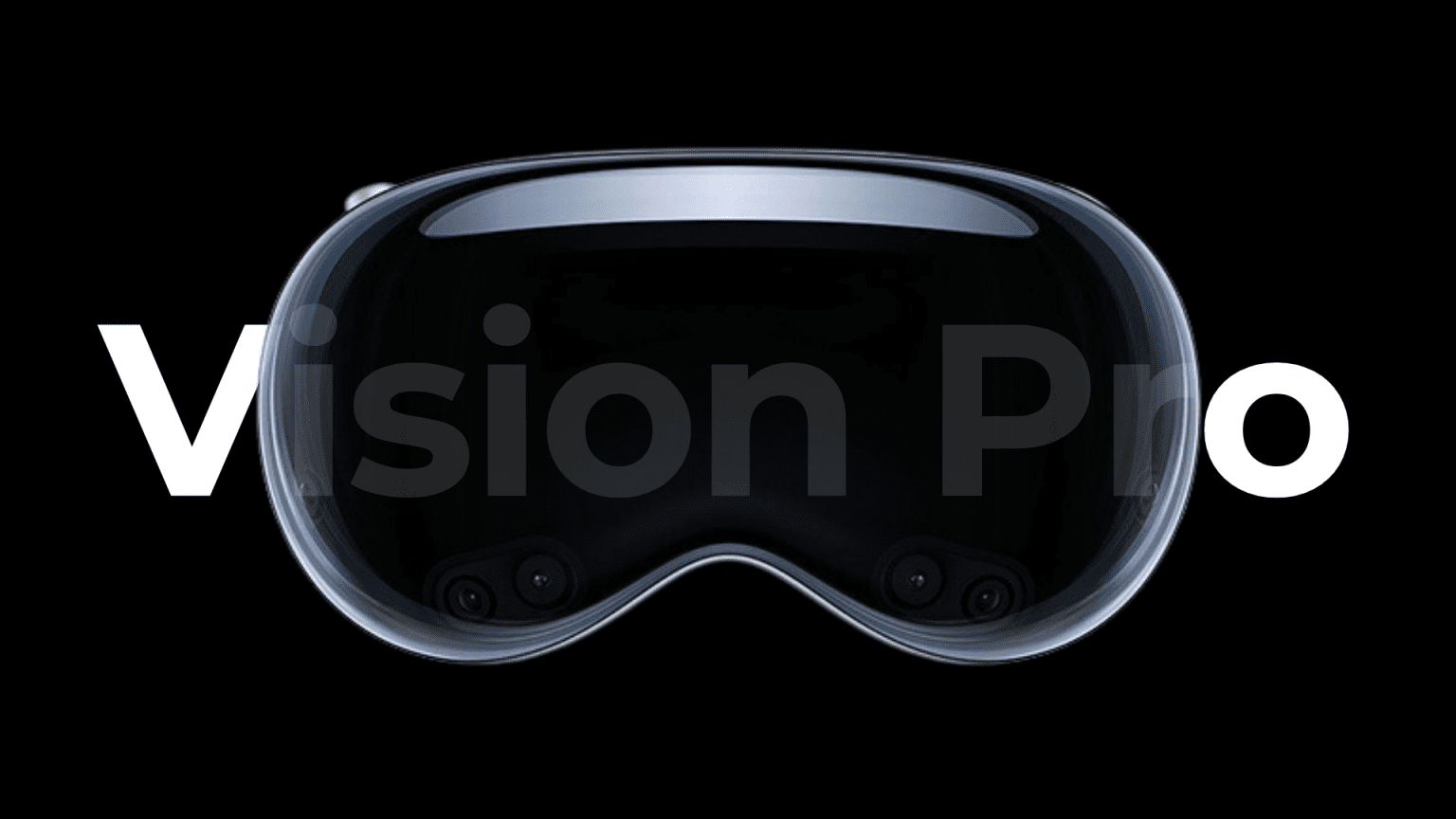Apple is on track to reveal a more affordable version of its Vision Pro headset sometime next year. The rumored headset would axe certain features from Vision Pro with an aim to reach a retail price of around $2,000, reports Bloomberg‘s Mark Gurman.
In the latest edition of the weekly Power On newsletter, Gurman outlines Apple’s future strategy for its Vision lineup of mixed-reality headsets. The company is expediting the development of a new headset that features specs that are inferior to today’s Vision Pro but would appear to more consumers thanks to a lower price point, starting at around $2,000.
The lower-end Vision headset will presumably abandon certain features like EyeSight, the controversial external display on today’s Vision Pro that mimics the wearer’s eyes to the outside world. The report also suggests Apple could switch to less premium materials like plastic instead of the aluminum housing of Vision Pro. Another possible downgrade is using A-series Apple silicon chips from the iPhone instead of an M-series processor, as Vision Pro currently sports an M2 and R1 chips combination.

Discover new horizons, always connected with eSIM
Travel the world stress and hassle-free with the best eSIM service available. Enjoy unlimited data, 5G speeds, and global coverage for affordable prices with Holafly. And, enjoy an exclusive 5% discount.
The lower price point could dramatically lift sales of Apple’s headsets lineup, with the company aiming to ship around double the number of Vision Pro units with the rumored lower-end headset. Vision Pro’s shipments are estimated to top around 500,000 units by the end of this year, meaning that the new headset could sell more than 1 million units in its first year of sales.
Beyond the lower-end headset, Apple continues to work on a true successor to Vision Pro with a faster chip and minimal design changes that could arrive sometime in 2026. However, Apple’s wearables ambitions won’t stop there, as the company is seriously considering launching smart glasses and AirPods with cameras for augmented reality applications by 2027.





